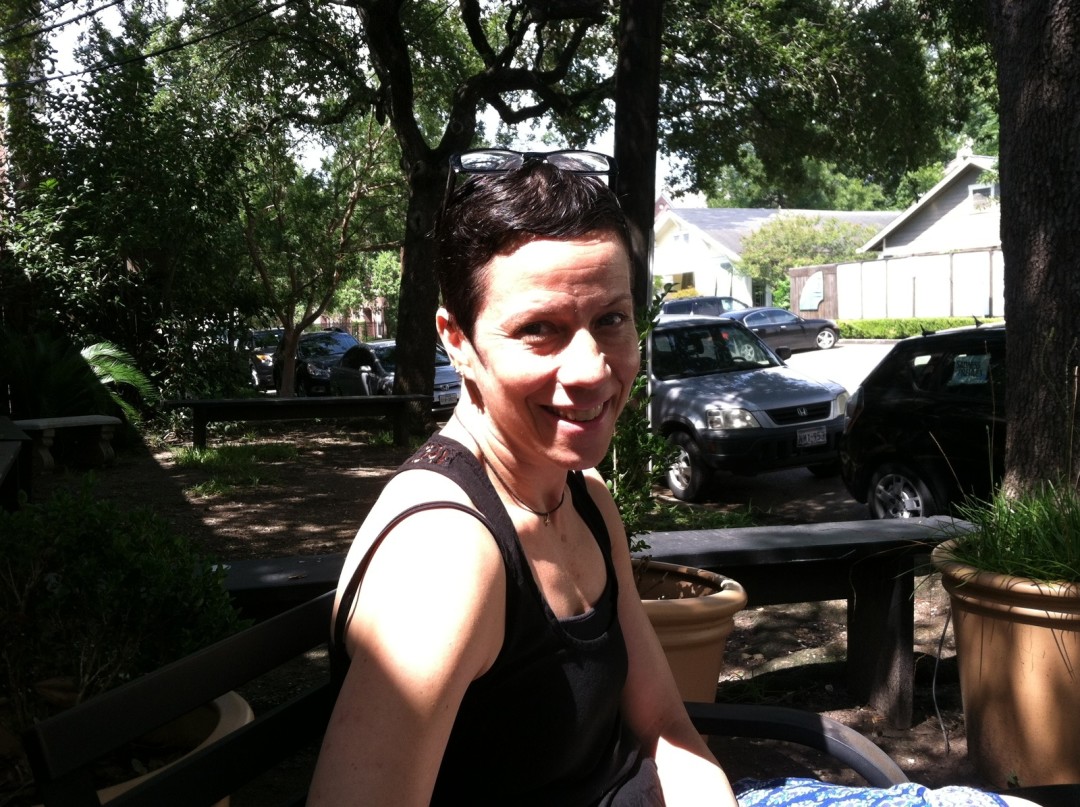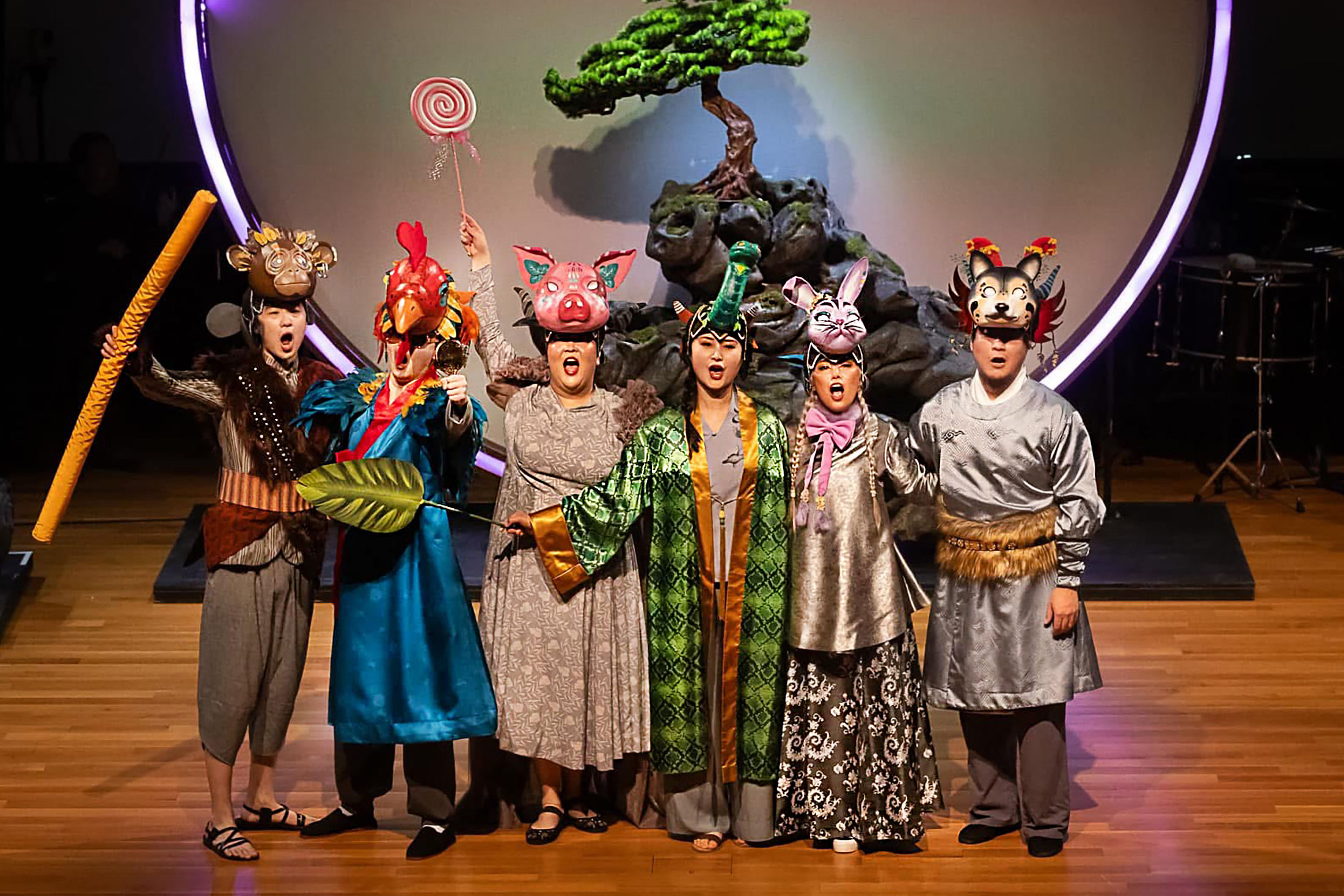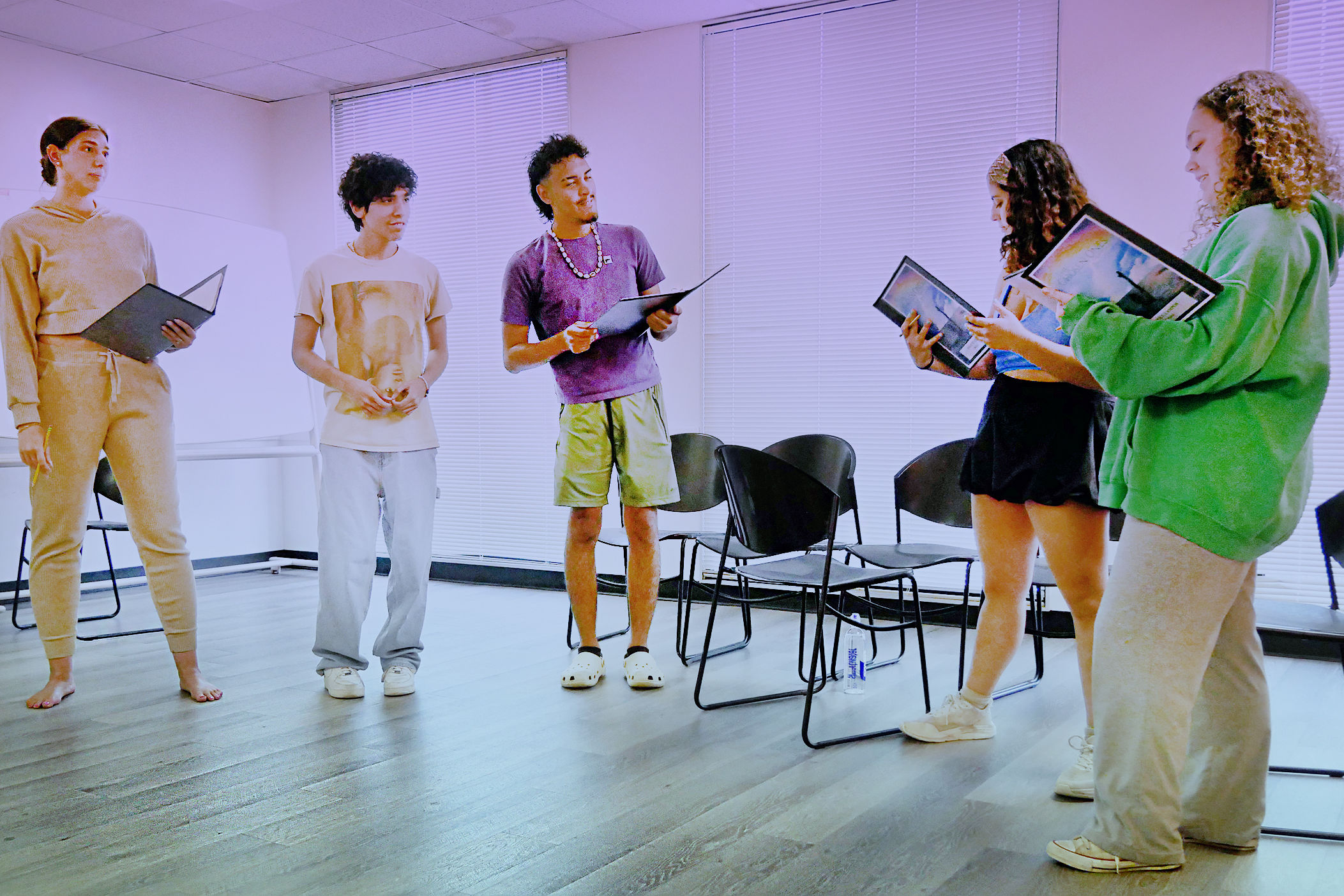Arts Insider: Jane Weiner

Jane Weiner
Jane Weiner founded Hope Stone in 1997 after spending over a decade as a dancer with Doug Elkins’s New York dance company. Although best known for dance, Hope Stone also offers classes in theater, music, photography, and yoga. For children whose families can’t afford tuition, Hope Stone offers generous scholarships. Weiner spoke to Houstonia about the state of city’s dance culture.
H: How would you say that the Houston dance scene has changed in the past few decades?
JW: I moved here in 1997 from New York. I was dancing with the Doug Elkins Dance Company—had been there for eleven years, was a founding member with him. There were all these established companies here, and then there were some exciting companies coming up. DiverseWorks was still down on East Freeway, Weave Dance Company had started, Chrysalis was still around at the time, the Met has been around forever. Houston Ballet of course was here. It was a really exciting time to move here. My sister’s an 18-year breast cancer survivor, so I would do these benefit performances where I would bring all the different dance companies together and have them each do a piece. It was so much fun. And then I felt like the scene kind of fizzled out, and there was a dullness. But in the last four years all of a sudden the whole arts scene—dance, visual arts, performance, theater—has just exploded.
H: How does Houston compare to the New York dance scene?
JW: When I moved here, I was kind of like, “Hi, I’m a New Yorker. We’re so cool in New York. And isn’t it cute, this little country scene going on here.” And I have so eaten my words. I think it’s more vibrant and more exciting to be in Houston right now. I look and there is more art, more performances, more speakers, poetry slams…I think our scene is very, very vibrant. I’m getting ready to teach at the University of Alabama, and all the seniors come to me and ask where they should go. I’m like, “come to Houston.” Houston is a very open-minded town. There are deep pockets, and they want art. In the same breath, I’m going to say that the scene in dance has completely changed. There are very few full-time companies anymore. It’s almost all pick-up.
H: You said that the arts scene really took off around four years ago—what instigated that?
JW: I don’t know. I think the city as a whole has been in a turnaround. There is a real pride to being a Houstonian. I think it’s trying to be different than just another Southern city. It’s a melting pot—more of a melting pot than New York, honestly. I think the city just has to change to meet that. One of the things that I keep saying is that art and art education levels the playing field. I think the city is beginning to understand that. And if the city cares, there’s going to be a trickle-down effect.
H: Is there anything missing from the Houston dance scene that you’d like to see?
JW: When I was in New York with Doug Elkins, we would rehearse one or two new pieces a year, and then do some repertory. But then we would have those pieces in our back pockets. There was a piece that I did with Doug called the Petrushka Variations, and I did it for 10 years. I loved doing that piece. My dancers don’t have that luxury. I’m one of the few companies in town that repeats work, and doesn’t do new work all the time. Also, we need to be produced more. In New York, we never produced our own work. Here, we have to produce our own work, out of our own pocket. To rent a theater here costs around $35,000. By the time you pay your dancers and get the costumes, you can’t afford more than a few performances. One of our performances last year cost $50,000. The theater district needs to support us. It’s become too much of a burden. That’s something I hope the city will hear and help out some of the dance companies. If I could have the Brown Theater [at the Wortham Theater Center] twice a year, I would love that. There’s no way I could afford that, and yet it would be great. I feel like there are so many companies that are of the caliber that could dance there, and yet we are on a shoestring.
H: What else can the city do to support local dance companies?
JW: Hopefully, they’ll ask the artists what they need to stay vibrant, so that we don’t go through another lull, which is what I saw. How do we keep it growing?
H: Has anyone from the city asked you what you need to grow?
JW: No, not really. It would be a good thing. But I don’t want it to be a bitch session, either. It’s more like, “how can we make things better?” Jim Collins wrote a book called Good to Great. That’s what I would like to see happen. I don’t even think Houston is good, I think it’s very good, but I want it to be great.




